Orange-bellied parrots soar, as Robbins Island wind farm decision looms
Watchers of one of the world’s rarest birds are aflutter, with signs a record number of orange-bellied parrots will make it back to Tasmania from their winter migration.

Watchers of one of the world’s rarest birds are aflutter, with signs a record number of orange-bellied parrots will make it back to Tasmania from their winter migration.
The species was in 2016-17 down to just 17 individuals, but as of Friday at least 64 had arrived back in their southwest Tasmanian breeding grounds after wintering on the mainland.
That’s more than this time in recent years, suggesting the precariously placed species may exceed last year’s record of 77 by the time the stragglers arrive in mid-December. “It’s very exciting – I’m happy with the numbers now and I think we could be on track for more than the 77 last year,” explained Shannon Troy, OBP Tasmanian Program manager.
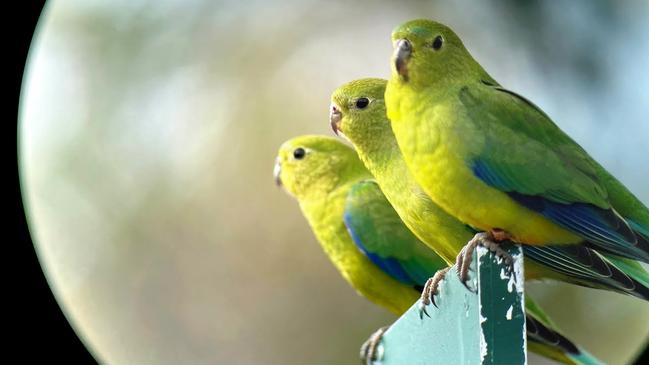
With Dr Troy confident the species can be sustained, with the help of a captive-breeding and release program, thoughts are turning to how to tweak recovery efforts in response to the higher numbers. “The excitement is tempered by the long-term view of what does recovery look like and where do we go from here,” she said.
This year, it is not just birdos eagerly counting parrots arriving back at their buttongrass-dominated breeding stronghold at Melaleuca, in the South West Wilderness.
A proposed $1.6bn wind farm is doomed unless a planning court quashes an environmental ruling that it must shut down for five months each year to avoid killing their birds during their already perilous migration.
Increased numbers could be seen as reducing the impact of any birds lost to ACEN’s proposed 100 turbines at Robbins Island, in the state’s northwest.
However, bird experts counter that more OBPs means more likelihood of turbine collisions, making the shutdown even more critical. Tasmania’s planning appeals tribunal will decide the issue imminently, with potential repercussions for a broader “wind rush”.
Turbines are just one threat to the jaunty, chatty OBP, along with feral and natural predators, habitat clearing, and depletion of water resources. Dr Troy hopes expanded use of tiny radio transmitters will provide answers as to where and why almost half fail to survive migration.
The plan is to fit up to 50 of the birds with 0.9g tags, which send signals to receiver masts, set to be doubled to more than 10, at points in north and northwest Tasmania, Bass Strait Islands, and Victoria.
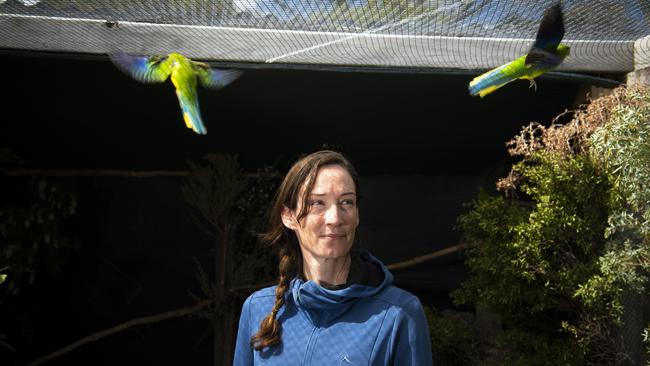
“Within their general pathway, we don’t know where they stop, what the threats are and where mortality is occurring,” Dr Troy said. “This will give us a broadbrush picture of where things are going wrong, so that we can then hone-in and take a closer look on the ground.”
A big win for the program is an increase in survival rates of migrating juveniles, both wild-bred and captive-bred. In 2015, the number of juveniles surviving migration was as low as 12 per cent; last season that figure was 44 per cent.
The success may allow an easing up of the annual spring release of captive-reared breeding adults. “It’s really cool,” said Dr Troy. “We still have a very small population - but not as close to extinction.”


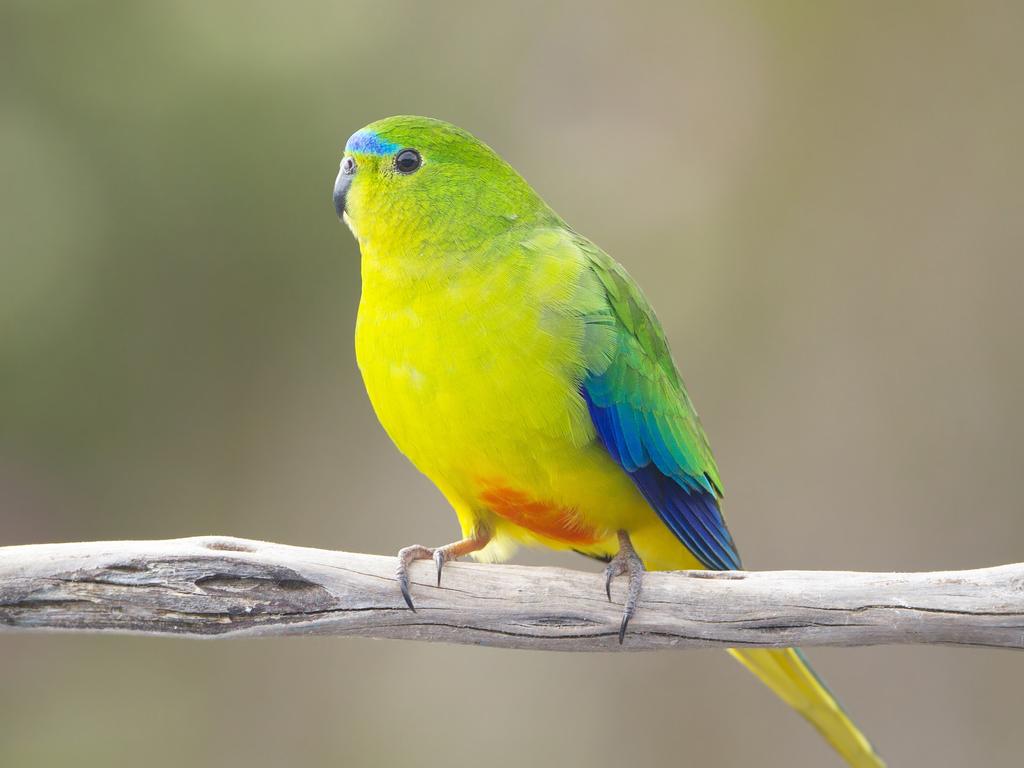
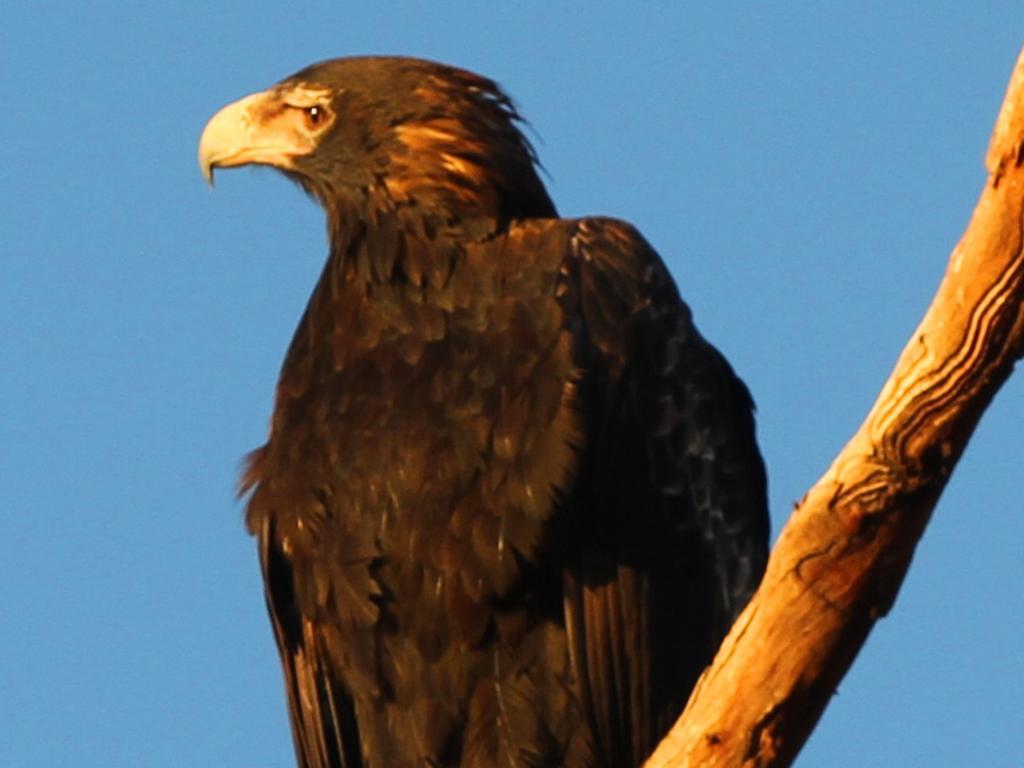
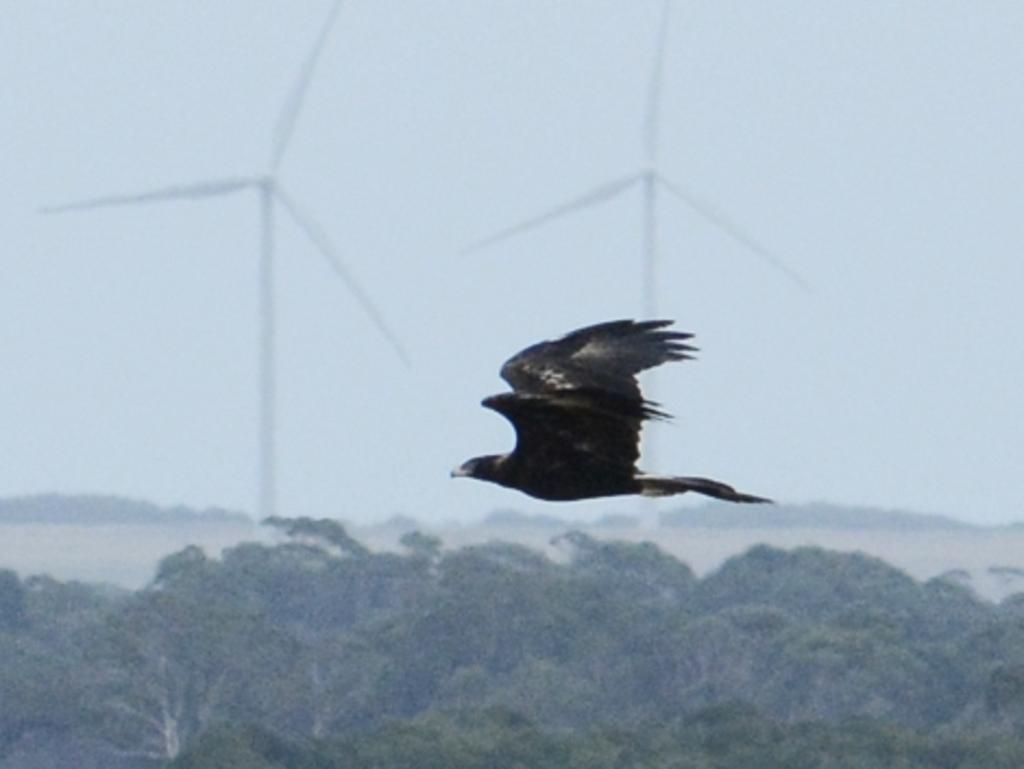



To join the conversation, please log in. Don't have an account? Register
Join the conversation, you are commenting as Logout